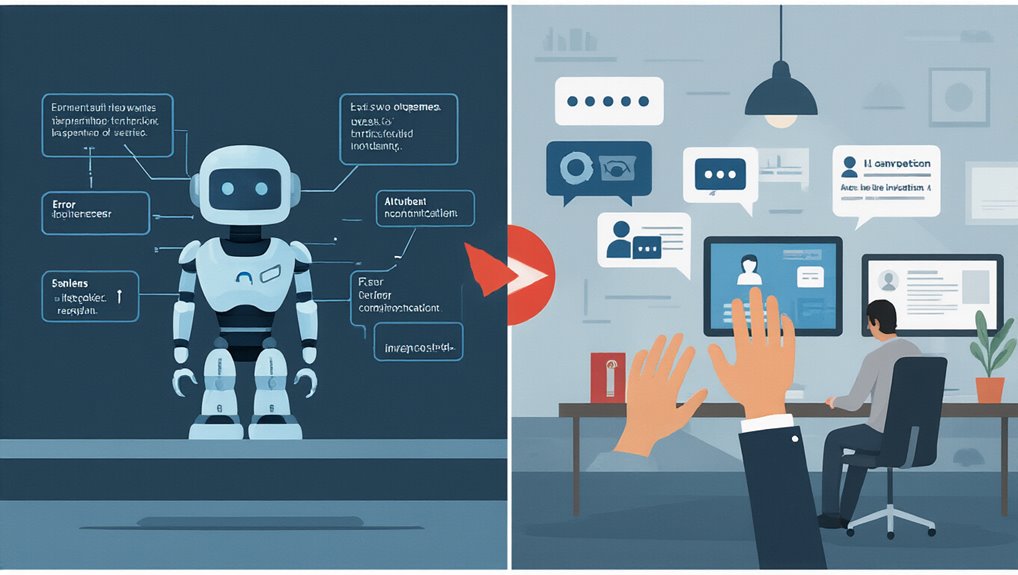As Norway prepares to implement its Digital Security Act in October 2025, the nation is taking unprecedented steps to integrate cybersecurity services across defense and civilian sectors. This strategic initiative combines the capabilities of previously separate entities like NorCER and NorSIS under the National Security Authority (NSM), creating a centralized command structure for cyber operations. The consolidation establishes NSM as the primary coordination hub for national cyber defense activities.
Norway’s approach stands out internationally for several reasons:
Norway’s strategic cyber consolidation represents a distinctively proactive approach in the international security landscape.
- It amends the existing Security Act rather than creating entirely new legislation.
- It implements key elements of EU’s NIS2 directive before formal adoption into the EEA Agreement.
- It affects approximately 5,000 organizations with enhanced regulatory requirements.
The timeline for implementation is ambitious yet methodical. Entity registration begins July 1, 2026, followed by NSM-led compliance audits starting October 1, 2026. This gives organizations limited time to prepare for new obligations before enforcement begins. Organizations must adhere to strict sanctions for breaches that can include substantial liquidated damages and administrative fines.
The integration extends beyond organizational structure to technological infrastructure. By 2026, 5G will become standard across Norwegian army and cyber defense units. The Defense Materiel Agency has secured a framework agreement with Accenture to support this change, focusing on building resilient battlefield communications through private 5G networks integrated with defense radio systems.
These developments markedly enhance Norway’s interoperability with NATO allies. The integration of surveillance drones and next-generation networks creates robust capabilities for detecting and responding to cyber threats. This thorough approach places Norway ahead of many European counterparts in cybersecurity readiness. The Arctic infrastructure has been specifically designated as essential due to sovereignty considerations in Norway’s cybersecurity framework.
For affected organizations, compliance preparation should begin immediately. The Digital Security Act introduces specific incident notification requirements, and the registration deadline of July 2026 will arrive quickly. Norway’s strategy demonstrates the importance of establishing standardized frameworks that align processes with industry best practices while enhancing regulatory compliance.
Norway’s bold integration strategy demonstrates how nations can proactively address evolving cyber threats through unified command structures, technological modernization, and forward-looking regulatory frameworks.









